Leaking cans can be caused by several factors related to the weld and the condition of the can. Some of the possible causes include:
- Corrosion: There may be corrosion points coming from the outside which, together with secondary corrosion, may generate cracks that facilitate the leakage of the internal liquid.
- Internal pressure and handling: The combination of internal can pressure and handling actions can lead to cracks and the possibility of internal liquid leakage.
- Internal material stresses: Cracks can be related to internal material stresses, which are affected by physical stresses exerted by internal pressure and other effects.
- Defective weld: Cold welding, i.e., an improperly welded lap that fails quality tests, can cause leakage. This may be due to insufficient current, too large or too small an overlap, excessive or insufficient welding force, among others.
- Weld conditions: Improper adhesion between the primer and the powder film, an oxide layer on the weld, or undue dusting can affect the flexibility and integrity of the weld, leading to leakage.
- Errors in weld profiling: Poor profiling can cause asymmetric pressure that produces a groove along the weld, which could result in a leak.
- Parallelism and alignment: If the inner and outer surfaces of the weld are not parallel, inhomogeneous pressure may be generated resulting in incomplete fusion and possible leakage.
- Condition of the welding cable: A poor condition of the welding cable can be decisive for the quality of the weld and, therefore, for the tightness of the can.
It is important to consider that these are only some of the possible causes and that a combination of factors could be present in cases of can leakage.

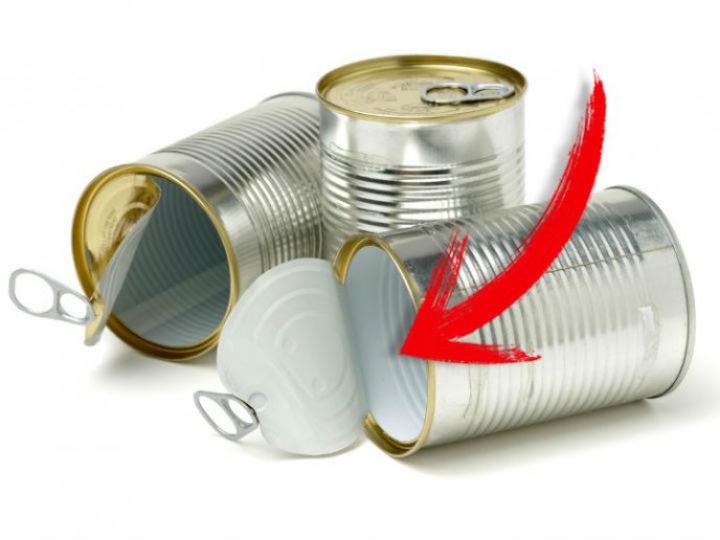
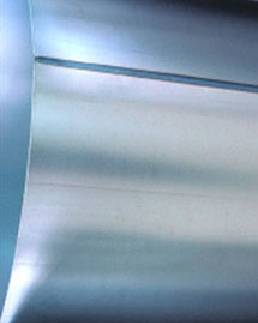
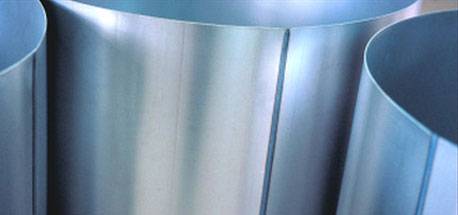

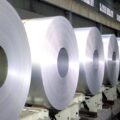

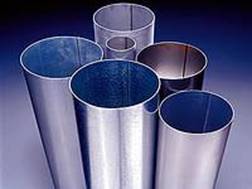
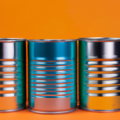

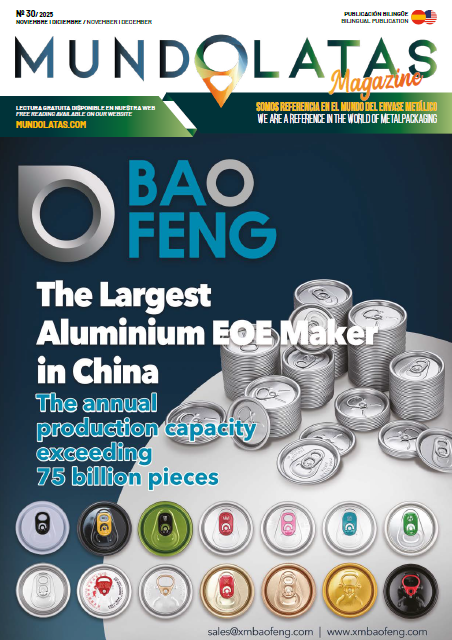


0 Comments